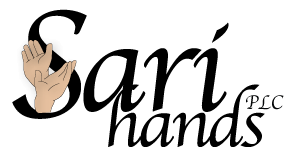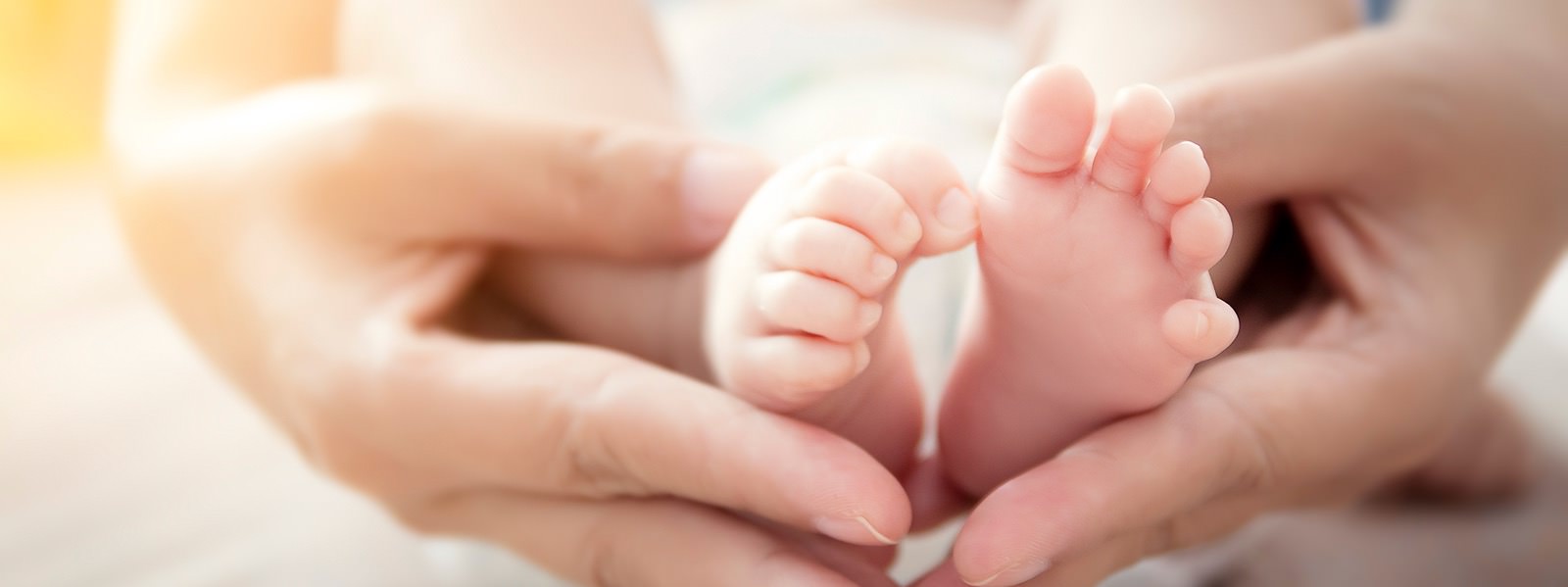Babies!
Sari combines her advanced training in pediatric Craniosacral Therapy with her love for treating babies. Her own child-like attitude is a big plus with this very precious and special population!
Sari treats newborns and infants up until 6-8 months when they become too active for her space. She does not currently work with active toddlers or children until around the ages of 6-8 to create the best experience for the size of her office.
Sari treats newborns and infants up until 6-8 months when they become too active for her space. She does not currently work with active toddlers or children until around the ages of 6-8 to create the best experience for the size of her office.
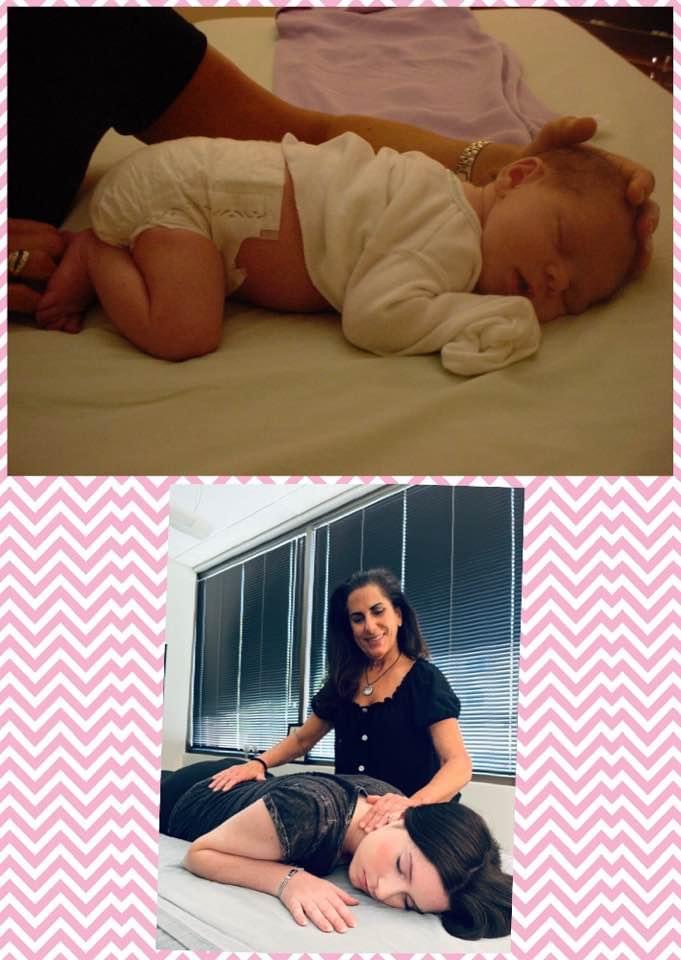
Baby Bella at 10 days and now nearly 18 years later June 2024
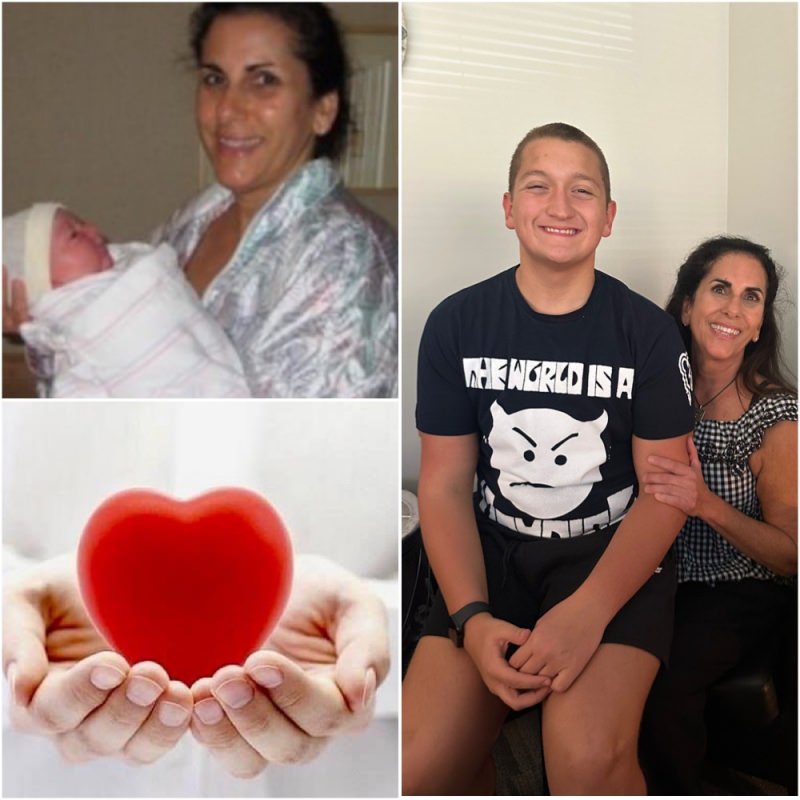
This is ‘baby’ Xander. In July, 2009, I was blessed to participate as a birth coach with his mom, a long-time client. Labor was long and hard, and his little shoulder was mildly subluxed (dislocated) during delivery. I was able to mobilize his shoulder gently and monitor him for function and nervous system distress immediately after his birth and on an ongoing basis until he moved away at age 10.
Xander visited in the Fall of 2024 and is obviously thriving!
Xander visited in the Fall of 2024 and is obviously thriving!
Learning and Teaching
Sari has taken several courses specific to babies and in 2018, returned to Switzerland on an International Teaching Team for a course on Neonatal Cardiovascular Craniosacral Therapy. Integrating more techniques with the arteries has been helpful for the wee ones and adult clients as well.
Check out my August 2012 Newsletter, celebrating babies.
Check out my August 2012 Newsletter, celebrating babies.
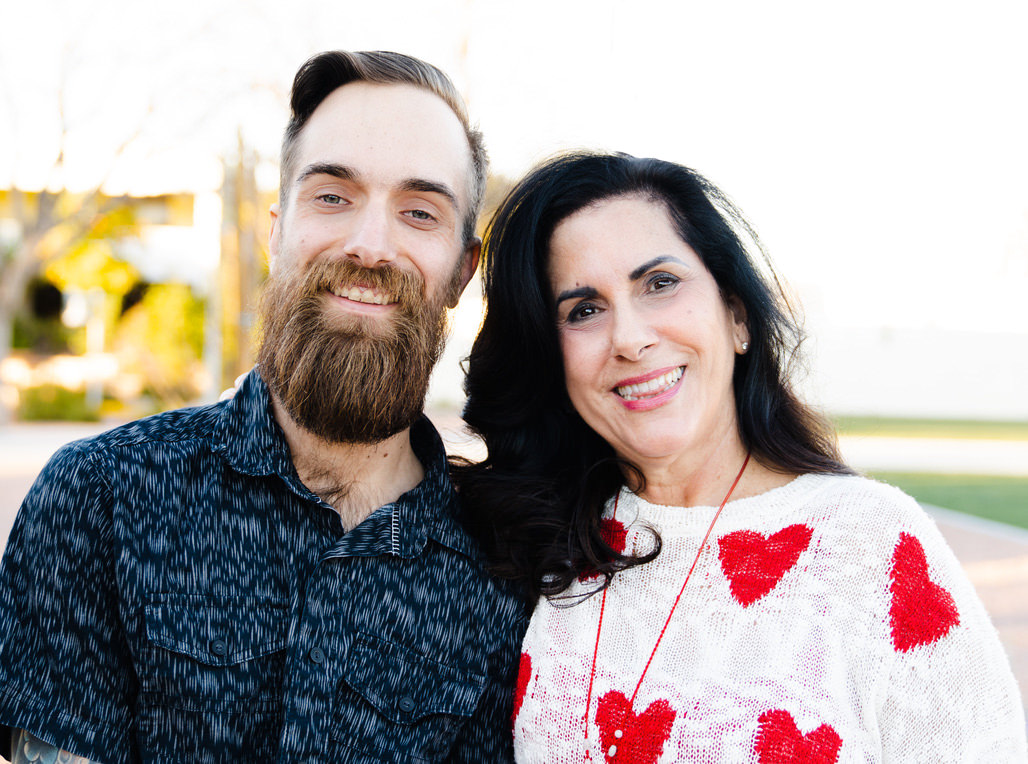
This is my 'baby' Lev. *photo Credit SuePlatiPhotography
Here is my May 2013 Newsletter, reminding us about the pace babies prefer.
This is an article from Raising Arizona Kids Magazine featuring Craniosacral Therapy and my practice. A Tiny Shift
In 1976, I met my friend Judy on a plane to our first year of college in Israel. (She also met her husband on that plane but that's another story!) Judy is a pediatric nurse who writes an easy to read and informative blog on all sorts of topics. NurseJudy
And this is another resource I found:
https://www.poppyseedhealth.com/?utm_source=theskimm&utm_medium=dsnewsletter&utm_campaign=elevatevoices
Here is my May 2013 Newsletter, reminding us about the pace babies prefer.
This is an article from Raising Arizona Kids Magazine featuring Craniosacral Therapy and my practice. A Tiny Shift
In 1976, I met my friend Judy on a plane to our first year of college in Israel. (She also met her husband on that plane but that's another story!) Judy is a pediatric nurse who writes an easy to read and informative blog on all sorts of topics. NurseJudy
And this is another resource I found:
https://www.poppyseedhealth.com/?utm_source=theskimm&utm_medium=dsnewsletter&utm_campaign=elevatevoices
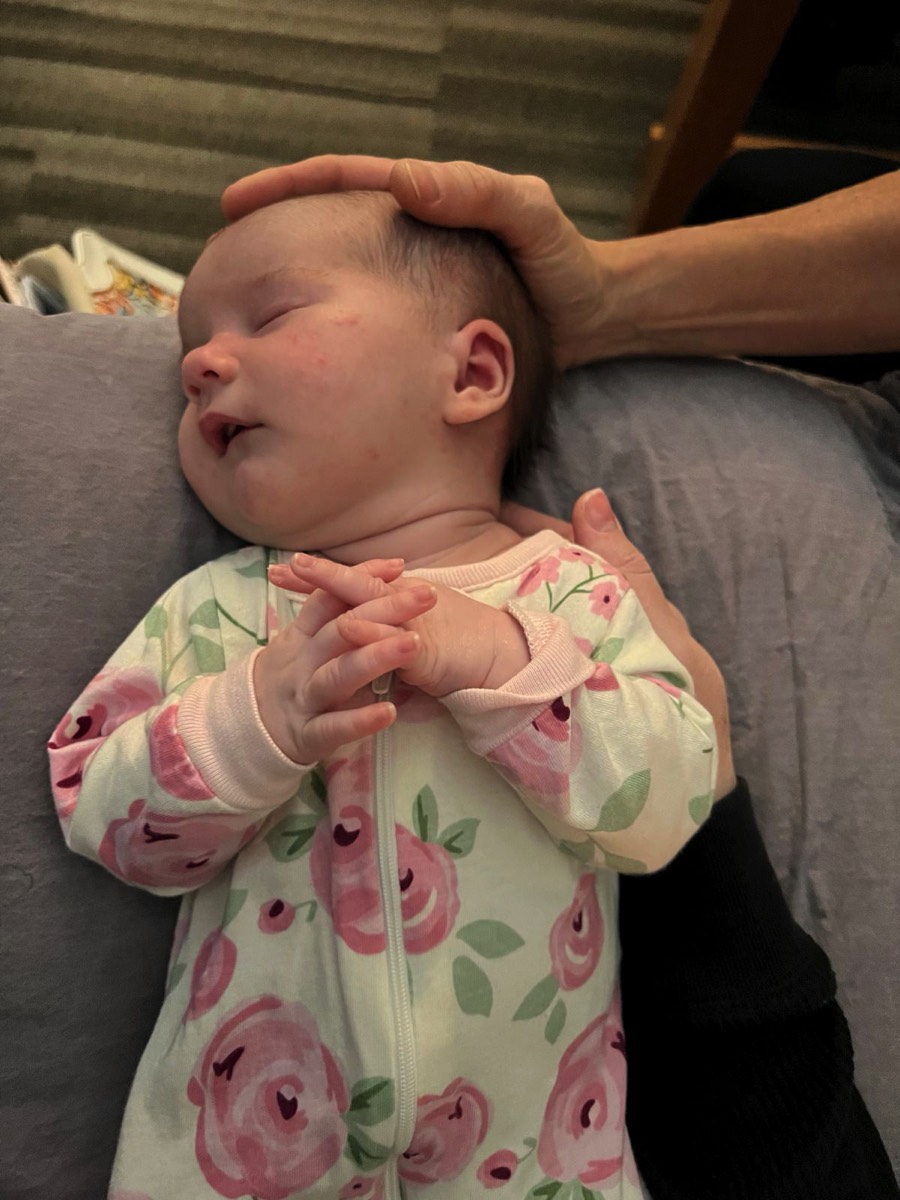

Blissed out Baby P
Babies and Craniosacral Therapy
Most babies will recover beautifully from their birth process, but simply being born can be a difficult experience, even under the most ‘normal’ circumstances. During labor and delivery, babies work hard and receive severe compression to the head and twisting in the neck, shoulders and back. As a result, newborn babies may struggle with agitation, difficulty settling and bonding, and digestive upset. This can affect their ability to nurse and settle.
Fussy, cranky babies and their parents can benefit from Craniosacral Therapy as well as babies who are ‘too calm’ or ‘shut down’ from traumatic experiences in utero or during birth.
Craniosacral Therapy can help new parents and babies ‘settle’ their nervous systems in an environment that is calm and safe. By establishing a ‘slower’ environment, I can help facilitate quieter nervous systems. Both babies and their caregivers respond beautifully to this calmness.
Sometimes, all a baby needs is an opportunity to ‘tell its story’. I can assist by enabling the baby to cycle through positions, agitation and settling. This also by provides parents with suggestions for positioning and handling the newborn in the home environment to encourage calming, attachment to caregivers and improved nutrition.
Babies may benefit from Craniosacral Therapy before and after tongue tie release to calm their nervous systems.
"The system of an infant must be approached with awareness and delicacy since the birth 'history' is recent." – Franklin Sills
"Thank you so much Sari. You provided so much tranquility before, during and after my pregnancy. What was magical with your service was that I never experienced morning sickness at all. I wanted to be in tip top condition prior to conceiving, however, was unaware of the time that Craniosacral Therapy actually balances the body and assists in prevention of nausea or morning sickness as mentioned in "The Whole Pregnancy Handbook" by Joel M Evans, MD, OB/GYN with Robin Aronson. Excellent for my precious baby after birth, too. I can't thank you enough." -S.V.
Fussy, cranky babies and their parents can benefit from Craniosacral Therapy as well as babies who are ‘too calm’ or ‘shut down’ from traumatic experiences in utero or during birth.
Craniosacral Therapy can help new parents and babies ‘settle’ their nervous systems in an environment that is calm and safe. By establishing a ‘slower’ environment, I can help facilitate quieter nervous systems. Both babies and their caregivers respond beautifully to this calmness.
Sometimes, all a baby needs is an opportunity to ‘tell its story’. I can assist by enabling the baby to cycle through positions, agitation and settling. This also by provides parents with suggestions for positioning and handling the newborn in the home environment to encourage calming, attachment to caregivers and improved nutrition.
Babies may benefit from Craniosacral Therapy before and after tongue tie release to calm their nervous systems.
"The system of an infant must be approached with awareness and delicacy since the birth 'history' is recent." – Franklin Sills
"Thank you so much Sari. You provided so much tranquility before, during and after my pregnancy. What was magical with your service was that I never experienced morning sickness at all. I wanted to be in tip top condition prior to conceiving, however, was unaware of the time that Craniosacral Therapy actually balances the body and assists in prevention of nausea or morning sickness as mentioned in "The Whole Pregnancy Handbook" by Joel M Evans, MD, OB/GYN with Robin Aronson. Excellent for my precious baby after birth, too. I can't thank you enough." -S.V.
The Birth Process
In the birth process, the infant's head must pass through two concentric circles within the maternal pelvis. The shape of the mother's pelvis and the size and shape of the baby's head help determine how the birth will progress.
The infant generally initiates the process of birth, and goes through significant compression and severe extremes of motion in the bones of the head and in the bones and soft tissues of the neck. If the baby spends an extended period of time in a compressed or restricted position during the birth process, stiffness can occur. This can affect the infant's ability to find a comfortable posture for nursing and rest.
The meningeal system (layers of tissue surrounding the brain and spinal cord) is protective, but is sensitive and is easily irritated. All stages of birth involve compression and compressive forces. The bones in the head are all composites (in parts) at birth and form over about the first 6 years.
"The wisdom resides in the body and flows through the body" – Dr. Jim Jealous
The infant generally initiates the process of birth, and goes through significant compression and severe extremes of motion in the bones of the head and in the bones and soft tissues of the neck. If the baby spends an extended period of time in a compressed or restricted position during the birth process, stiffness can occur. This can affect the infant's ability to find a comfortable posture for nursing and rest.
The meningeal system (layers of tissue surrounding the brain and spinal cord) is protective, but is sensitive and is easily irritated. All stages of birth involve compression and compressive forces. The bones in the head are all composites (in parts) at birth and form over about the first 6 years.
"The wisdom resides in the body and flows through the body" – Dr. Jim Jealous
Babies and Stress
The nervous system first begins to develop at Stage 8 of the embryonic process, which is at about 18 days in utero. Infants can experience physical and emotional stress like adults, but lack the coping mechanisms that are acquired over time. Their brains are physically changing daily over the first 3-6 years. For their brains to develop properly, they need tender, loving care and a secure relationship in which they seek out a primary caregiver for feelings of comfort, safety and security while they feel free to explore their environment.
The infant often does not get a lot of choice in the birth process. Under traumatic circumstances, fluids become inert. The fluid body absorbs and dissipates trauma throughout all of the systems in the body. (soma) Cerebrospinal fluid (CSF) helps to normalize patterns in the system, which is a foundation for integration of the birth experience and the midline of the body. Craniosacral therapy techniques help to monitor and encourage normalized patterns of the CSF.
All interventions leave some stress in the fluid body of the infant. Fluids don't like to be compressed. The good news is that the damage isn't permanent. A secure attachment with a caregiver helps to decrease the trauma. Love, compassion, joy and faith are all responses of the sympathetic nervous system to a slower tempo in the caregiver. By slowing the pace of the fluids, the recovery process can begin.
Unnegotiated contact can create defenses in the autonomic nervous system, which can be tracked through eye and skin contact, skin tone, breathing and facial expressions. The Limbic System (portion of the brain responsible for memory and touch) can read the context of touch. By negotiating contact and getting permission from the infant's nervous system at each step in the therapeutic process, a safe environment for healing is established. Infants and children need space, choices and well-intentioned boundaries.
During a treatment session, the infant might cycle into some nervous system activation. By supporting the infant's need for a slower tempo, the baby is assisted in learning to self-regulate, combined with caregiver soothing for settling.
The infant often does not get a lot of choice in the birth process. Under traumatic circumstances, fluids become inert. The fluid body absorbs and dissipates trauma throughout all of the systems in the body. (soma) Cerebrospinal fluid (CSF) helps to normalize patterns in the system, which is a foundation for integration of the birth experience and the midline of the body. Craniosacral therapy techniques help to monitor and encourage normalized patterns of the CSF.
All interventions leave some stress in the fluid body of the infant. Fluids don't like to be compressed. The good news is that the damage isn't permanent. A secure attachment with a caregiver helps to decrease the trauma. Love, compassion, joy and faith are all responses of the sympathetic nervous system to a slower tempo in the caregiver. By slowing the pace of the fluids, the recovery process can begin.
Unnegotiated contact can create defenses in the autonomic nervous system, which can be tracked through eye and skin contact, skin tone, breathing and facial expressions. The Limbic System (portion of the brain responsible for memory and touch) can read the context of touch. By negotiating contact and getting permission from the infant's nervous system at each step in the therapeutic process, a safe environment for healing is established. Infants and children need space, choices and well-intentioned boundaries.
During a treatment session, the infant might cycle into some nervous system activation. By supporting the infant's need for a slower tempo, the baby is assisted in learning to self-regulate, combined with caregiver soothing for settling.
Stillness
The infant has a need to orient to stillness. Stillness is restorative and self-healing. Within the safety of the therapeutic environment, the transformation from the imprint of stress is modified. The system of the baby responds to the context of loving, caring and intimate touch. By taking care to use unobtrusive contact and a focus of clarity during the sessions, slowing and stillness can be facilitated. By using gentle hand contact and offering the infant space, the fluid body has the freedom to organize itself.
"At the deepest sense of stillness is the language of image and metaphor, not easily explained with language. It is as if in a 'state of grace'." – Dr. Wm. Sutherland
"At the deepest sense of stillness is the language of image and metaphor, not easily explained with language. It is as if in a 'state of grace'." – Dr. Wm. Sutherland
C-section Birth
In the case of a C-section, some movements were not completed by the neuromuscular system of the infant during the passage through the birth canal. Multiple inteventions might have been rapidly used during the birth process. Often, these infants/children are looking for a way to come out and complete their cycle. Often, gentle contact to the top of the head and bottom of the feet allow a series of movements that allow them to tell their story. Spinning or rolling behaviors might be a sign of disorientation in space. Gentle pressure on the feet may help to restore a point of reference. I can suggest other techniques and positioning strategies to assist your infant in orienting and settling.
© Sari Hands PLC
Sari Lewis • Phone 480–206-6592 • Email Sari
14362 N. Frank Lloyd Wright Blvd. • Suite 1000 • Scottsdale, AZ 85260
Sari Lewis • Phone 480–206-6592 • Email Sari
14362 N. Frank Lloyd Wright Blvd. • Suite 1000 • Scottsdale, AZ 85260
© web design by one eleven stockton, ca
